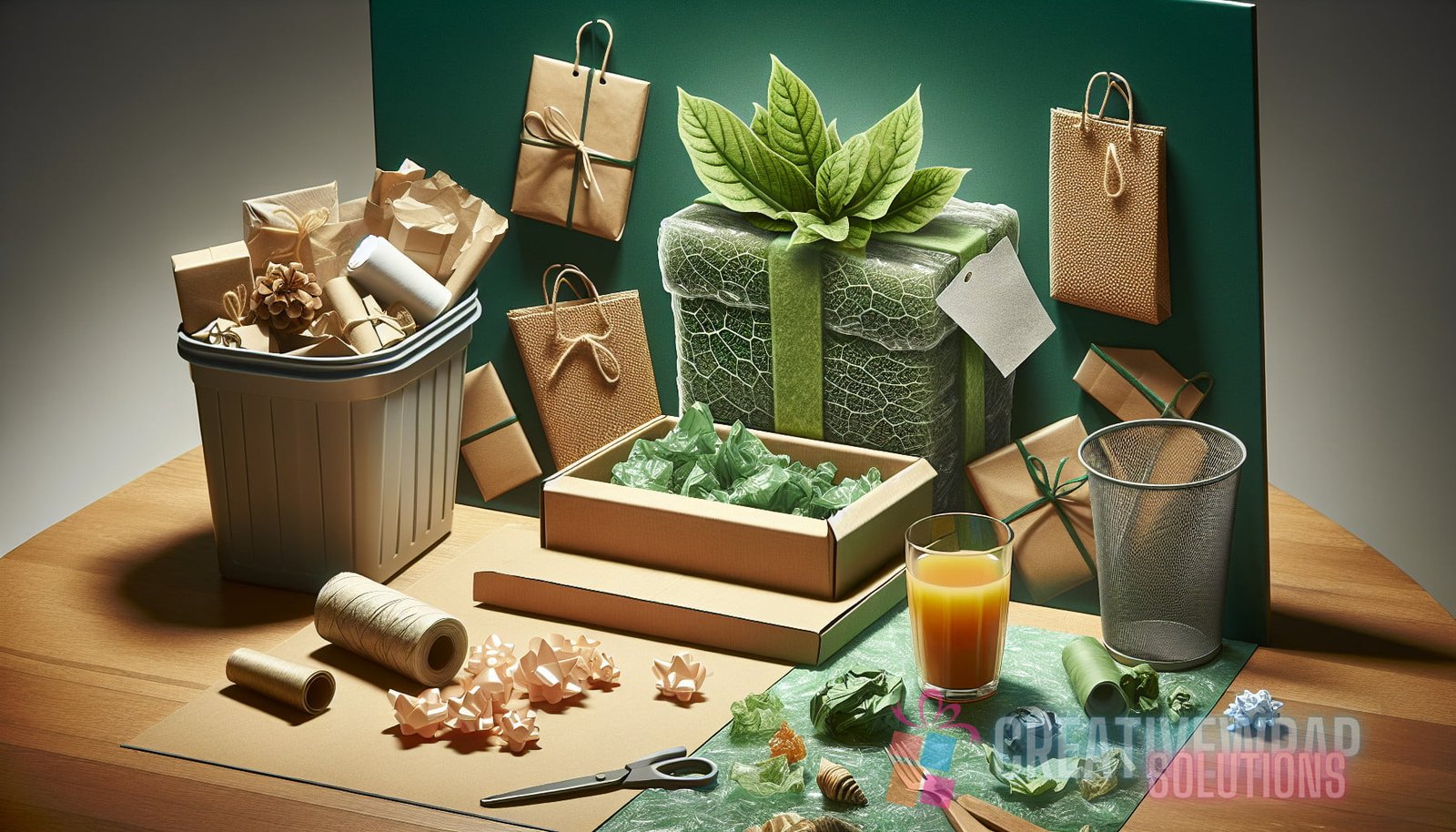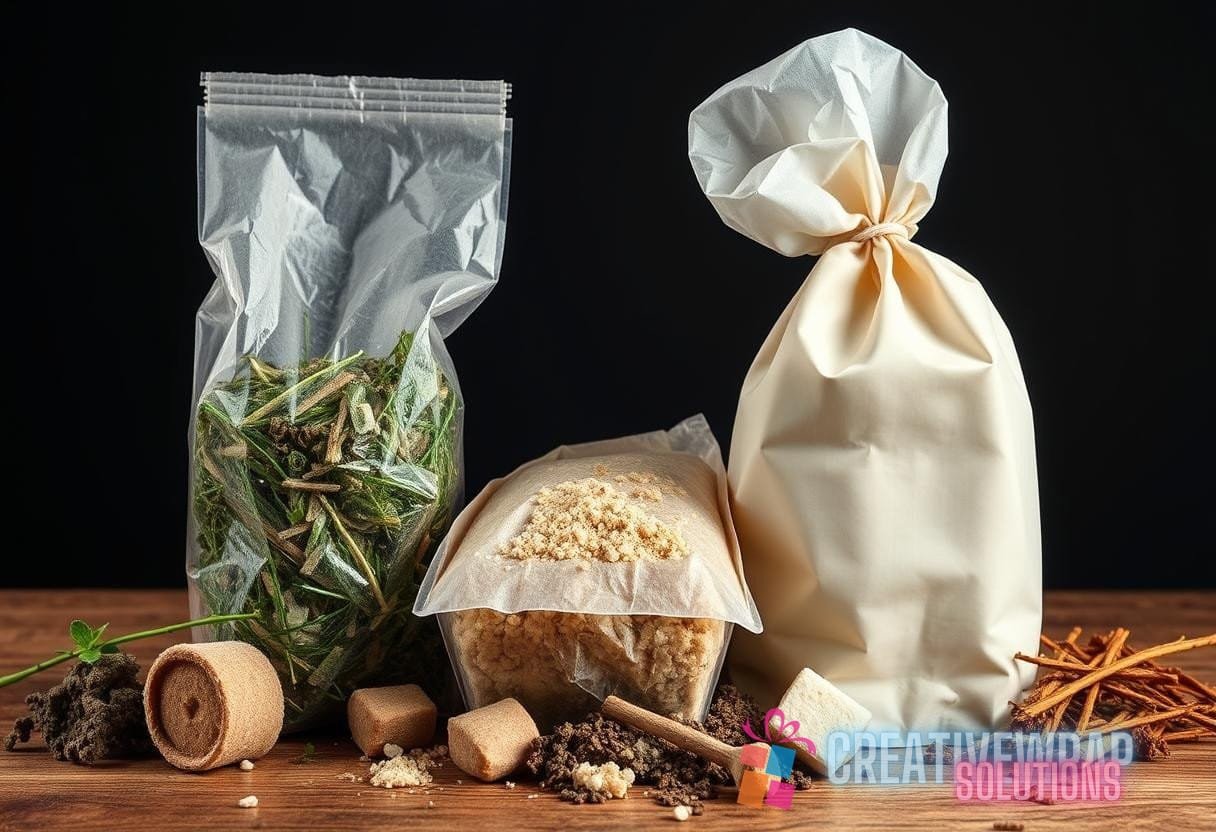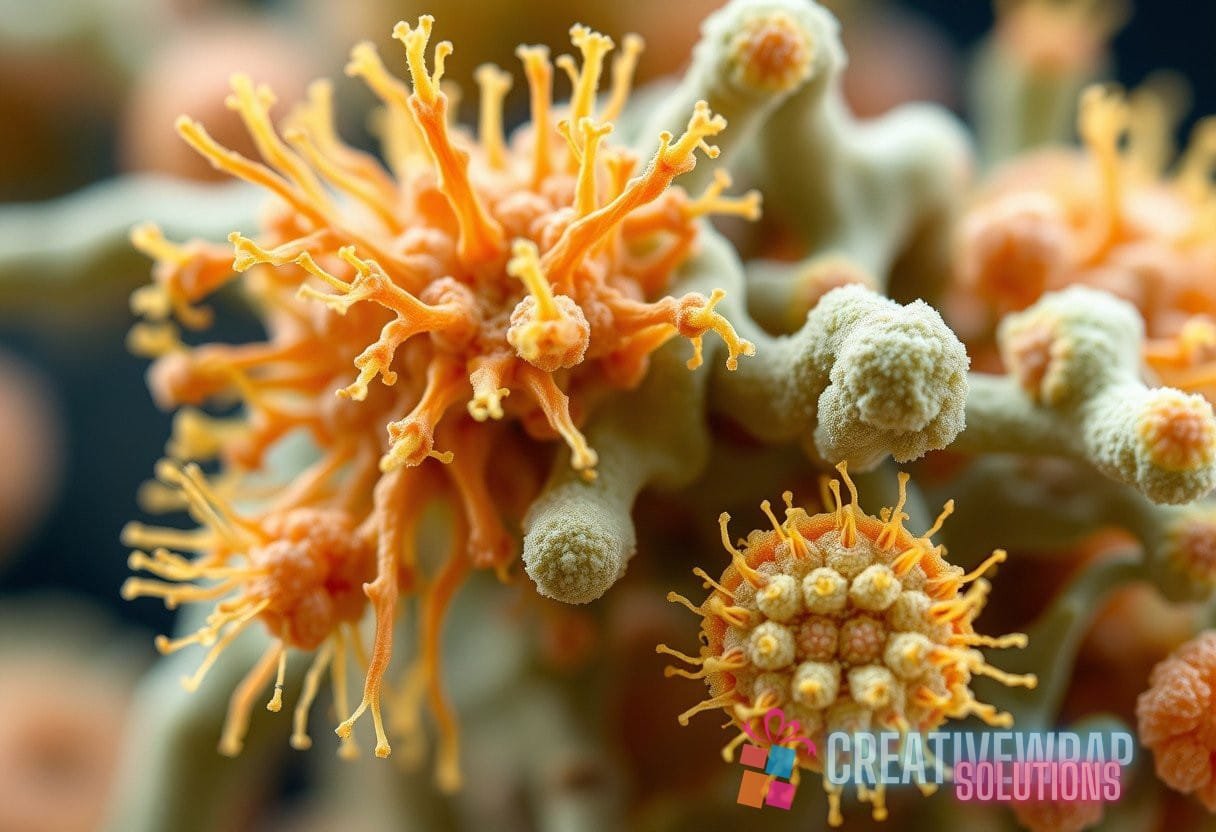Introduction
In recent years, there has been a growing interest in sustainable materials for various applications, including gift wrapping. Traditional materials like wrapping paper and plastic tape contribute to environmental issues such as deforestation and plastic waste. Biomimetic wrapping, on the other hand, offers a promising solution by mimicking natural processes and materials found in nature to create sustainable alternatives. In this article, we will explore the future of biomimetic innovations in sustainable gift wrapping materials, their benefits, and their potential impact on the environment.
The Concept of Biomimetic Wrapping
Biomimetic wrapping is a relatively new concept that draws inspiration from nature to create sustainable materials for gift wrapping. By studying the way natural systems function, scientists and designers are able to develop materials and techniques that mimic the efficiency, durability, and sustainability found in nature.
One example of biomimetic wrapping is the use of biodegradable materials derived from plant-based sources, such as recycled paper and organic cotton fibers. These materials can be easily recycled or composted, reducing the amount of waste generated from gift wrapping.
Another aspect of biomimetic wrapping involves the use of techniques that mimic natural processes. For instance, researchers have looked to the way spiders produce silk to develop biodegradable adhesive tapes for wrapping gifts. These tapes are made from natural materials and can be easily removed without leaving a sticky residue.
Biomimetic wrapping takes inspiration from nature not only in terms of materials and techniques but also in terms of aesthetics. Designers are exploring patterns, colors, and textures found in nature to create visually appealing gift wrapping materials that are also sustainable.
The Benefits of Biomimetic Wrapping
Biomimetic wrapping offers several benefits over traditional gift wrapping materials:
- Environmental friendliness: Biomimetic wrapping materials are often made from renewable resources or have a reduced impact on the environment. This helps to minimize deforestation and reduce the amount of plastic waste generated.
- Biodegradability: Many biomimetic wrapping materials are biodegradable, meaning they can decompose naturally and return to the environment without causing harm.
- Recyclability: Biomimetic wrapping materials are often designed to be easily recycled or composted, reducing the amount of waste sent to landfills.
- Lower energy consumption: Compared to the production of traditional gift wrapping materials, biomimetic wrapping materials often require less energy and fewer resources to produce.
- Improved aesthetics: Biomimetic wrapping materials offer a unique and visually appealing alternative to traditional materials. The use of natural patterns, colors, and textures can enhance the overall presentation of a gift.
Examples of Biomimetic Wrapping Innovations
There are already several biomimetic wrapping innovations that are transforming the gift wrapping industry:
1. Plant-based Wrapping Paper
Plant-based wrapping paper is made from renewable resources such as bamboo, hemp, or recycled paper. These materials offer a sustainable alternative to traditional wrapping paper by reducing the demand for virgin wood pulp and minimizing deforestation.
Some plant-based wrapping papers are also dyed using natural pigments derived from plants or minerals, further enhancing their eco-friendly profile.
2. Biodegradable Adhesive Tapes
Biomimetic adhesive tapes are made from natural materials that can be easily biodegraded, reducing the environmental impact compared to traditional plastic tapes. These tapes often use the concept of gecko-inspired adhesion, mimicking the way geckos are able to stick and unstick themselves from different surfaces.
By studying the structures and properties of gecko feet, researchers have developed adhesive tapes that can securely hold gift wrap in place but can also be easily removed without leaving any sticky residue behind.
3. Recyclable Gift Bags
Recyclable gift bags are an alternative to traditional wrapping paper. These bags are made from materials that can be easily recycled, such as cardboard or recycled paper.
In addition to being easier to recycle than wrapping paper, gift bags can also be reused multiple times, reducing the overall amount of waste generated.
The Environmental Impact of Biomimetic Wrapping

The adoption of biomimetic wrapping can have a significant positive impact on the environment. Here are a few ways in which biomimetic wrapping materials can help reduce the environmental footprint:
Reduced Deforestation
Traditional gift wrapping materials like wrapping paper and tissue paper are often made from virgin wood pulp, leading to deforestation and habitat loss. Biomimetic wrapping materials made from renewable resources, such as recycled paper or plant-based fibers, can help reduce the demand for virgin wood pulp and minimize the negative impact on forests.
Plastic Waste Reduction
Plastic-based gift wrapping materials, such as plastic tape and ribbons, contribute to the growing problem of plastic waste. Biomimetic alternatives made from natural materials and biodegradable adhesives can help reduce the amount of plastic waste generated and prevent it from ending up in landfills or the ocean.
Energy and Resource Conservation
The production of traditional gift wrapping materials requires significant amounts of energy and resources. Biomimetic materials, on the other hand, often require fewer resources and less energy to produce. By choosing biomimetic wrapping materials, we can help conserve energy and reduce our overall environmental impact.
Conservation of Biodiversity
Deforestation and habitat loss due to the production of traditional gift wrapping materials contribute to the loss of biodiversity. By using biomimetic materials, we can help protect natural habitats and preserve the diversity of flora and fauna.
The Future of Biomimetic Wrapping
The future of biomimetic wrapping looks bright, with ongoing research and innovation in the field:
Advancements in Material Science
Researchers are constantly exploring new materials and manufacturing techniques to improve the sustainability and functionality of biomimetic wrapping materials. Advancements in material science, biomaterials, and nanotechnology are expected to drive innovation and lead to the development of even more eco-friendly alternatives.
Integration of Technology
Technology is playing an increasingly important role in the development of biomimetic wrapping materials. For example, 3D printing technology can be used to create intricate and customizable wrapping patterns that mimic natural structures. Additionally, the integration of smart materials, such as self-healing or color-changing materials, can add a new dimension of functionality to biomimetic wrapping.
Furthermore, the use of technology in the production and recycling of biomimetic materials can help streamline processes and improve the overall efficiency of the gift wrapping industry.
Collaboration and Education
To drive further adoption of biomimetic wrapping materials, collaboration between scientists, designers, manufacturers, and consumers is crucial. Sharing knowledge, promoting education, and creating awareness about the benefits and availability of sustainable gift wrapping options can accelerate the transition to a more sustainable future.
Furthermore, incorporating biomimetic wrapping materials and techniques into educational curricula can inspire future generations to think creatively and develop innovative solutions for sustainability challenges.
Conclusion
Biomimetic wrapping offers a promising future for the gift wrapping industry. By drawing inspiration from nature, we can develop sustainable materials and techniques that are not only environmentally friendly but also aesthetically appealing. As biomimetic wrapping continues to evolve, we can expect to see further advancements in materials, technologies, and production processes that will transform the way we present gifts.
Whether it’s plant-based wrapping papers, biodegradable adhesive tapes, or recyclable gift bags, biomimetic wrapping materials provide an eco-friendly alternative to traditional options. By adopting these materials, we can reduce deforestation, minimize plastic waste, conserve energy, and protect biodiversity.
As consumers become more aware of the environmental impact of their choices, the demand for biomimetic wrapping materials is expected to increase. With ongoing research and collaboration, the future of biomimetic wrapping looks bright, offering a sustainable and visually appealing option for gift presentation. Let us embrace this innovative approach and contribute to a greener future for gift wrapping.



